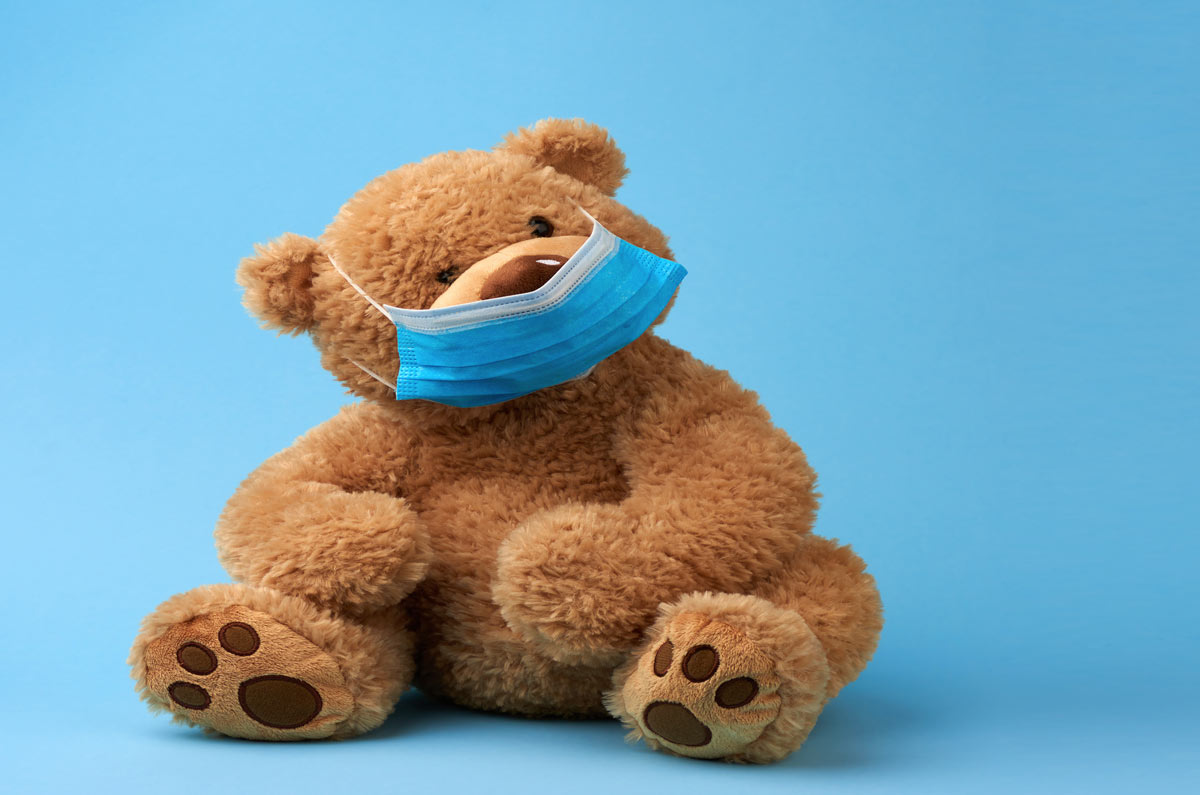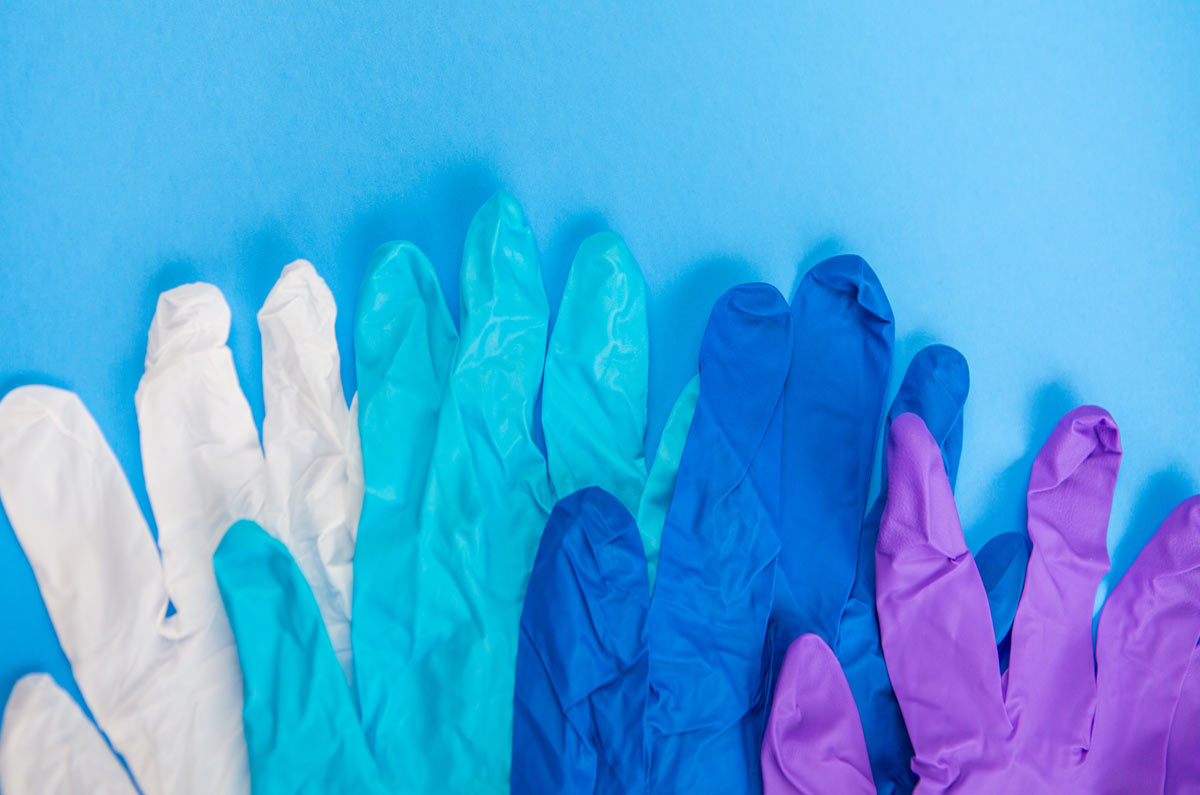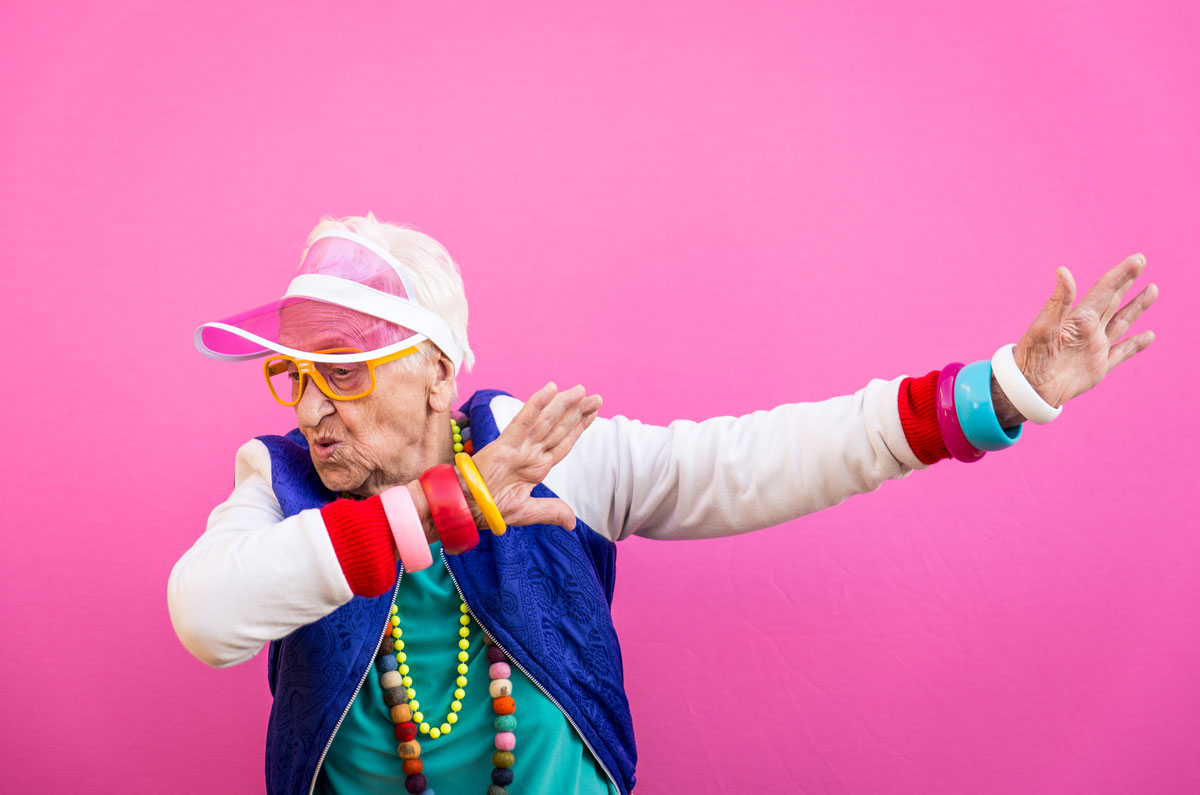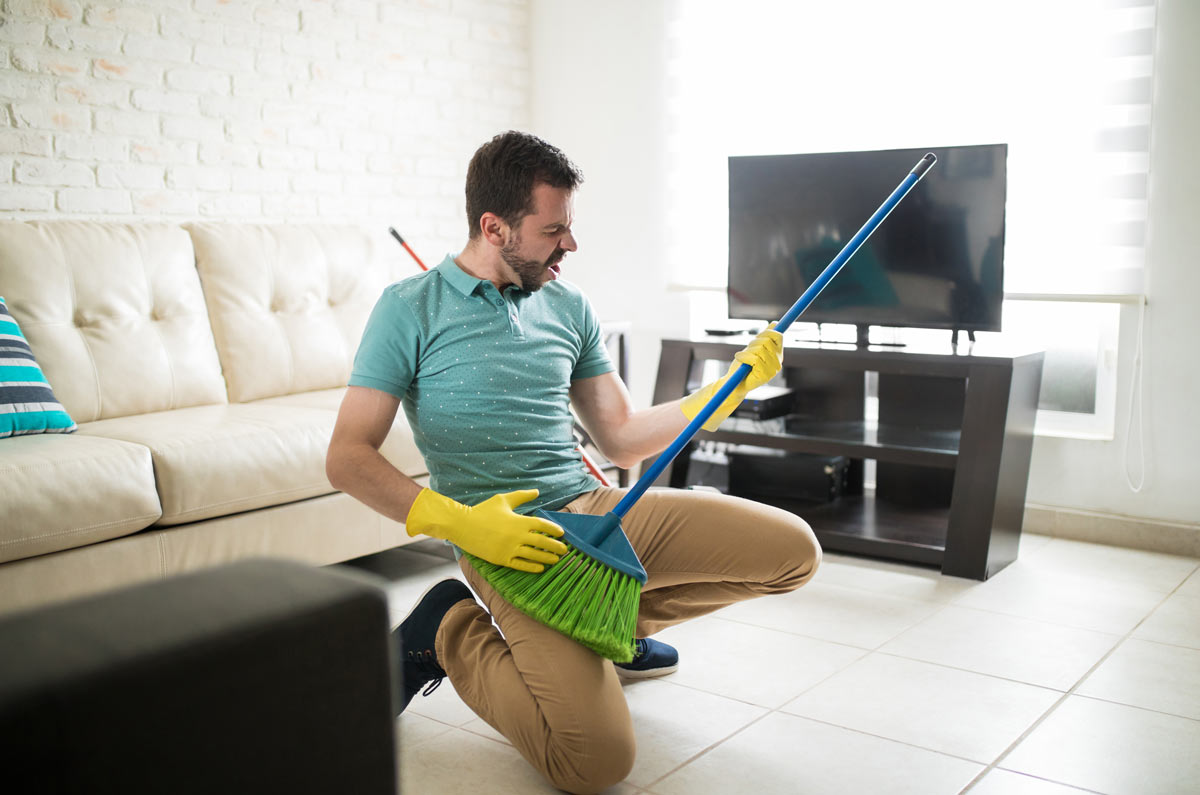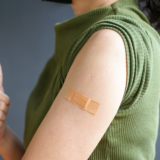Managing your weight in isolation
Hands up if you‘re giving Nigella or Jamie a run for their money when it comes to getting creative in the kitchen at the moment? Every second post on social media includes amazing looking recipes and we’ve actually got the time to give them a go. Masterchef has come back on TV, so we’re whipping on our aprons faster than you can say sauté. And with the kids home, we’re getting them involved too. All good right? Absolutely!
The problem is we need to be mindful of our weight with all the cooking, baking and snacking we’re doing.
It’s important for everyone – whether you have a musculoskeletal condition or not – to maintain a healthy weight.
Being at a healthy weight and regular exercise gives you the energy to get the most out of life and will protect you from developing many health conditions like diabetes, heart disease and some cancers. It will also help you manage your musculoskeletal condition and chronic pain.
But with our usual routines disrupted because of COVID-19 and isolation it’s easy to fall into some bad habits. Being aware of this, and taking some simple steps to ensure they don’t become your new normal is important. So here are some tips to help you manage your weight while in iso:
- Watch the snacks and grazing. Because we’re isolated to our homes, we’re only a few short steps from the fridge or pantry. And with all the cooking we’ve been doing, they’re full of all kinds of delicious things. So it’s really important to resist them. Stick to your set times for main meals, have healthy snacks such as fruit, yoghurt and nuts on hand for when you’re peckish, drink more water, go for a quick walk. Distract yourself from the contents of your fridge or pantry.
- Which brings us to the next point – ask yourself honestly if you’re hungry or just bored? If you’re hungry, grab a healthy snack. If you’re bored, then do something. Read a book, go for a walk, talk with your family, clean the shower. Focus your attention elsewhere.
- Be aware of your portion sizes, as it’s easy for them to slowly increase over time. Check out your plates and bowls – do they hold more than a normal sized serve? If so, consider using smaller dishes. Read this article from QLD Health for more info about portion sizes.
- Track your eating. If you’re concerned that you’re eating more than usual, and you’re starting to gain weight, keep a food diary to help you track what you’re eating. You can use a simple notepad, or download an app. There are lots out there and many of them are free.
- Alcohol – whoa mama. That’s a big one for many people at the moment. It’s fine to enjoy the occasional drink, but we do need to be careful that fear, anxiety, loneliness and worry aren’t leading us to drink more than is healthy. Find out more about alcohol – how it affects you, what a standard drink is, and tips to help you reduce or quit drinking alcohol.
- Stay active. Eating a healthy diet, getting a good night’s sleep, and exercise all work together to help you manage your weight and your health overall. Read our recent blogs on exercising during the pandemic, and online exercises for more info about how you can exercise and stay active during isolation.
- Talk with your doctor or a dietitian if you’re worried about your diet and weight, and want some professional help. You can do this in person, or via a telehealth consultation. Remember you can still go to see your doctor while in isolation – the clinic will have extra precautions in place to protect everyone from potential infections. But if you’re not comfortable doing this, telehealth is an option for us all.
- Make your meals an occasion. We can’t go out but we can have fun with our meals and make them a social time for ourselves and our families. Just as much as watching our weight is important, so is social connection during this stressful time. Connect with the people living in your house, or use a video app to catch up with loved ones and make it an occasion. Dress up, chat, laugh, take some time to enjoy a meal together.
- Don’t deny yourself something you really like. If you love chocolate, allow yourself a small treat occasionally, just not too often. It’s all about moderation.
- Give yourself a break. We’re only a few weeks into iso – so we’re all having to tread water really quickly to stay afloat. But as time goes by we’ll get better at it. We just need to ensure our new routines are healthy and balanced.
More to explore
- Check out our recipes page
The recipes have been created by Melissa Jones, an Accredited Practising Dietitian. Melissa volunteers her expertise and knowledge to help us bring healthy and nutritious recipes to people with musculoskeletal conditions. - Weight management
Musculoskeletal Australia - Eat well for less
Musculoskeletal Australia - Eat for health
Australian Government Department of Health - The psychology of comfort food – why we look to carbs for solace
The Conversation, 15 April 2020 - Nutrition and healthy eating resources
Nutrition Australia - Weight management
Dietitians Association of Australia - Weight loss – a healthy approach
Better Health Channel



